George Washington is, without doubt, one of the world’s most famous historical figures. He served as the Commander-in-Chief of the Continental Army during the American War of Independence, presided over the 1787 convention that drafted the United States Constitution, was one of the Founding Fathers of the United States, and served as the first President of the United States from 1789 to 1797.
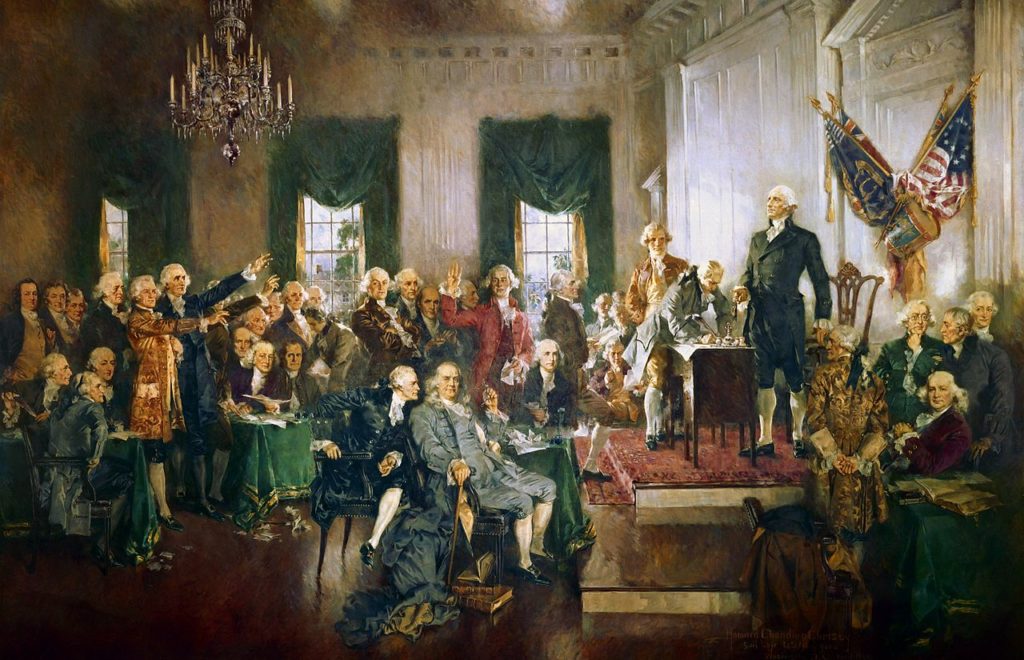
The signing of the U.S. Constitution by Howard Chandler Christy, 1940
Retirement and final years
In 1797, having served two terms as president, Washington declined to serve a third term and decided to retire. In his farewell address he advised American citizens to view themselves as a cohesive unit and avoid political parties, he also issued a special warning to be wary of attachments and entanglements with other nations. The address is still read each February in the United States Senate to commemorate his birthday.
After his retirement, Washington returned to his home in Mount Vernon and decided to devote his full attention to his plantations and other business interests, which included a distillery.
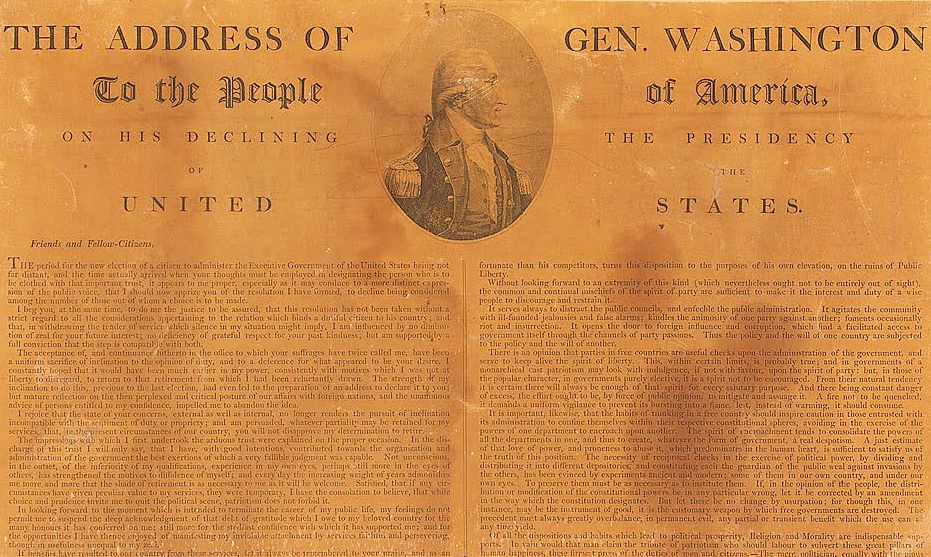
The farewell address of George Washington
Washington’s final days
It was here on his plantation that Washington would spend his final days. On Thursday, December 12th, 1799, he inspected his estate on horseback. The weather was atrocious, and Washington spent several hours in snow, hail, and freezing rain. When he finally returned home, he was cold and soaking wet, but refused to change into dry clothes as he was late for dinner, and he remained in his wet clothing throughout the meal.
The following afternoon Washington developed a cough and a runny nose. Contemporary accounts noted that his voice was distinctly hoarse. He then woke up at 2 a.m. on the December 13th, with chills and complained of shortness of breath. His wife Martha noted that he could barely talk and wanted to call a doctor. Washington refused, however, as Martha had been recently ill herself and he did not want her to venture out into the adverse weather conditions to fetch medical assistance.
The following morning, Martha asked for her husband’s chief aide, Col. Tobias Lear, to come and see him. Shocked by his condition Tobias immediately called for Washington’s personal physician, Dr.James Craik. He also summoned the estate overseer, George Rawlins, who was well practiced in the then popular art of bloodletting. Washington’s condition continued to deteriorate rapidly, and his throat became excruciatingly painful, and he developed a fever. At this point, Rawlins decided to bleed Washington and removed a quarter of a litre of blood. Following the procedure, Lear gave him a tonic of molasses, butter, and vinegar, which did little other than choke Washington as he attempted to drink it.
Washington’s subsequent medical treatment and death
In addition to Craik, two other physicians were also summoned, Dr. Gustavus Brown and Dr. Elisha Dick. Craik and Brown felt that Washington was suffering from ‘quinsey’, which is a collection of pus behind a tonsil. Dick felt that his condition was even more serious and diagnosed a ‘violent inflammation of the throat’. Over the course of the day, the three physicians and Rawlins drained almost two and a half litres of blood from Washington. This is approximately 40 percent of the total blood volume and in modern medicine would constitute hypovolaemic shock, an extremently dangerous, life-threatening condition that requires blood transfusion as treatment.
Unsurprisingly, this did little to improve Washington’s condition, and he continued to deteriorate. The next treatment attempted by the three physicians was to apply cantharidin to his throat. Cantharidin is a blistering agent derived from a beetle called the Spanish Fly. Cantharidin causes severe chemical burns, and only served to worsen his severe throat inflammation further. The medical team were now becoming desperate, and they decided to perform further bloodletting. After this additional bloodletting, they next administered an enema, and then an emetic to make him vomit. This served to make Washington dehydrated, which in combination with his already severe degree of hypovolaemia, brought Washington ever closer to death’s door. The physician’s answer to his further deterioration, was even more bloodletting, which proved to be their final act, and later that afternoon he finally passed away aged 67. Washington’s last words were spoken at around 10 p.m. on December 14th, 1799:
“I am just going! Have me decently buried; and do not let my body be put into the vault less than three days after I am dead.” Then, “Do you understand me?…Tis well!’”
Washington was widely respected and admired, and his death was greeted with sadness around the world. His funeral was held on December 18th, 1799 at Mount Vernon. Memorial processions were held in major cities around the United States. Famously, in France, Napoleon Bonaparte ordered ten days of mourning throughout the country, and the ships of the British Royal Navy’s Channel Fleet lowered their flags to half-mast to honour his passing.
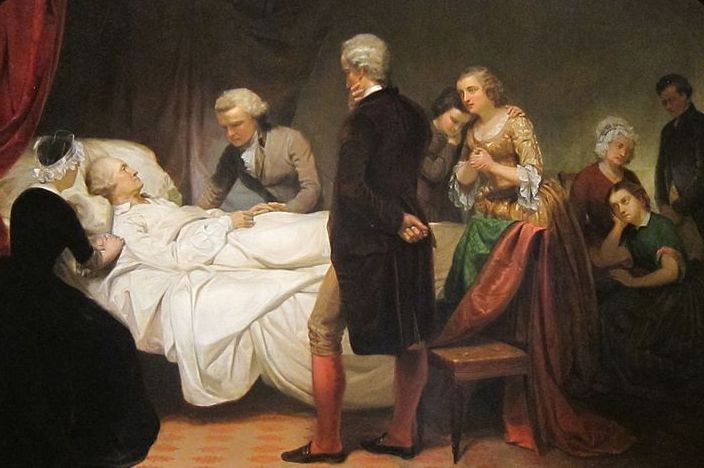
George Washington on his Deathbed, by Junius Brutus Stearns, 1851
So, what actually killed George Washington?
The cause of Washington’s death has been hotly debated over the years. In the days immediately following his death, Craik and Dick’s published account stated that they felt that his symptoms had been consistent with ‘cynanche trachealis’, a term of that era used to describe severe inflammation of the upper airway structures.
A variety of retrospective diagnoses have been suggested, including croup, streptococcal sepsis, Ludwig’s angina, and Vincent’s angina. Perhaps the most likely diagnosis is that of diphtheria, which was suggested by Dr. David Morens in his article in the New England Journal of Medicine. Diphtheria is an infection caused by the bacteria Corynebacterium diphtheriae that causes many of the symptoms that Washington was documented as having, including a sore throat, hoarse voice, difficulty swallowing and talking and shortness of breath. It is also without doubt that the primitive medical treatment that Washington received contributed greatly to his demise, most notably his shocking massive deliberate blood loss.
It is possible that without the medical treatment he received Washington may even have survived and recovered. Of course, this is something that we will never know for certain.


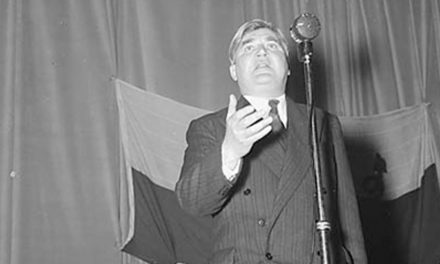

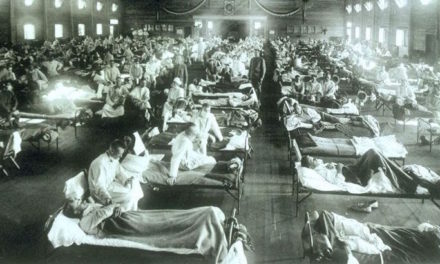

Very informative, thank you for sharing!